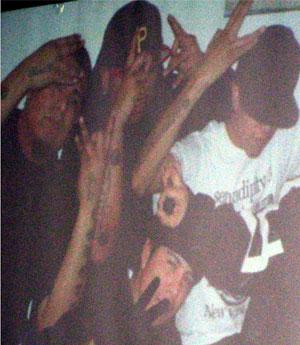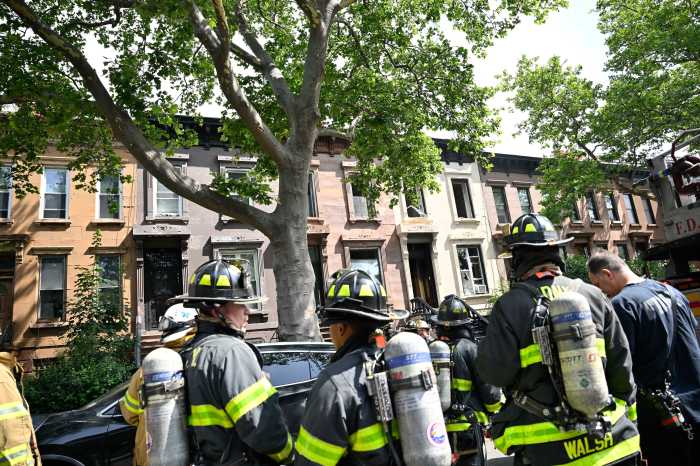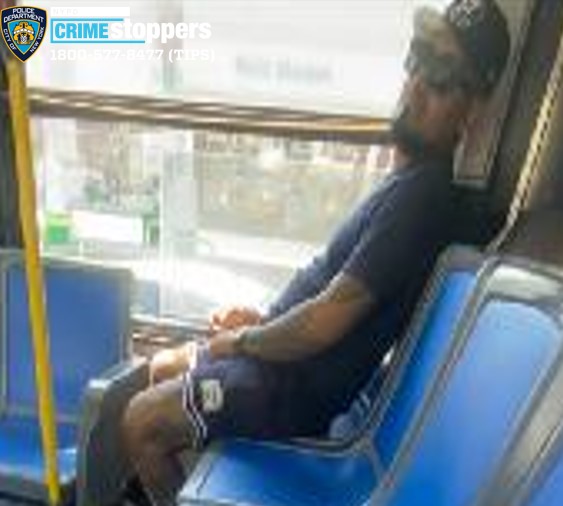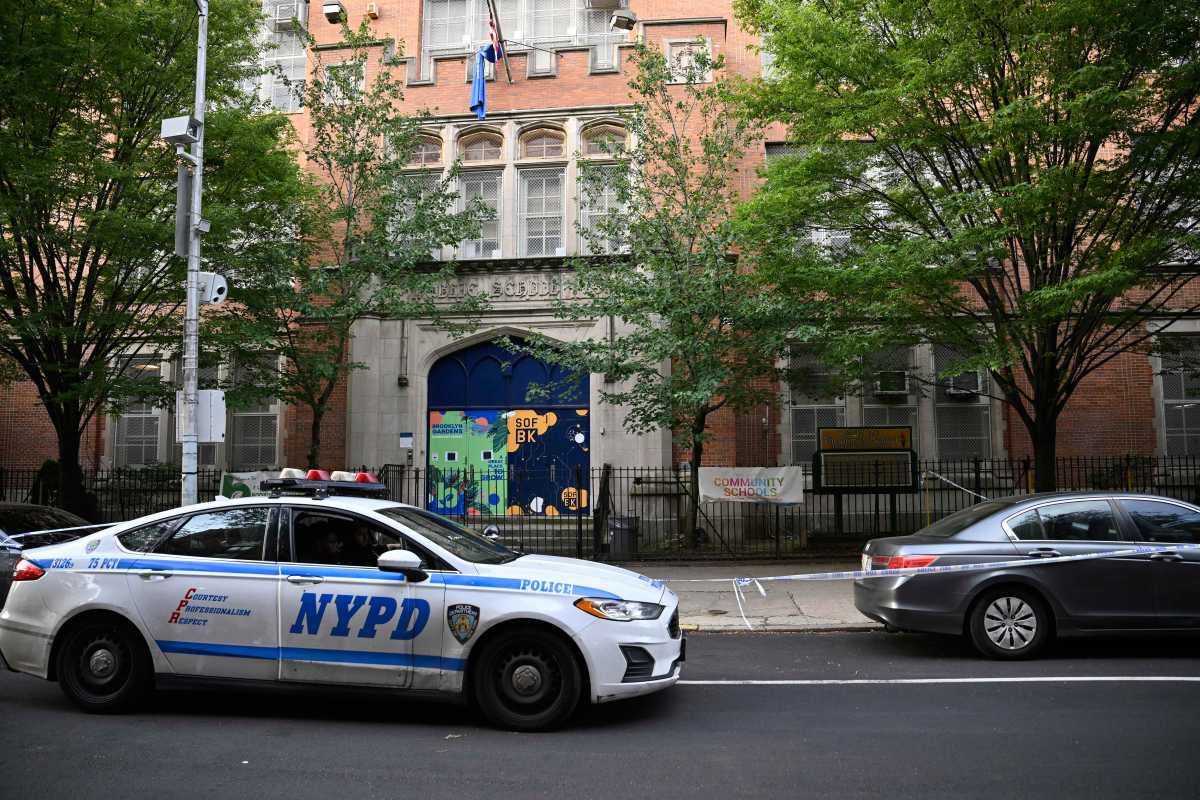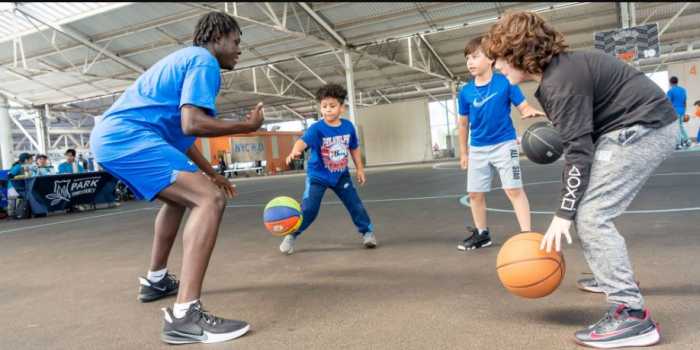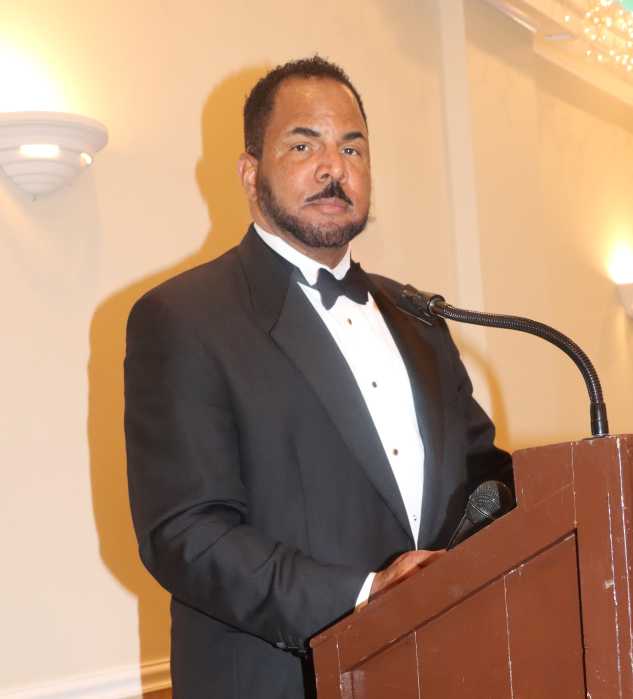Would you know if your child belonged to a gang?
That was the question posed to members of the 61st Precinct Community Council last week during a sobering gang awareness seminar where parents hit with some informative street knowledge on how to know if their child was being recruited by the Bloods, Crips, Latin Kings or any of the other gangs that conduct their illegal enterprise on borough streets.
While there is very little gang activity in the 61st Precinct, which covers Sheepshead Bay, Manhattan Beach, Homecrest and parts of Midwood, it’s always important to know a little bit about gang culture, explained Police Officer Danny Fox of NYPD Youth Services, who gave the lecture.
Gangs, he said, do not have to be as colorful as the Bloods or Crips, who only wear red and blue exclusively. In fact, a gang could be any group of three or more people “that get together to commit crimes,” he said.
Nationwide, there are 31,000 separate gangs, he explained.
But while these gangs have different dress codes and use different phrases, its members all joined them for one thing — to fill a need to belong.
Young residents (most of whom are recruited as young as 11) join gangs out of peer pressure, because they are drawn to the status and money that the gang members wield and protection, so they’re not picked on by another gang.
When they join a gang, the child’s life changes, enough for a parent to notice, said Fox. Warning signs for parents include buying or wanting to buy an excessive amount of clothing in one color, wearing an excessive amount of gold jewelry, withdrawing from family members, flashing odd hand signs — especially if they are greeting other teens on the street — and using a specific vocabulary code and alphabet that only other gang members could identify.
If one thinks that their child is being recruited by a gang, it’s very possible that it’s already too late, Fox explained, adding that it is extremely hard, and sometimes dangerous, for a child to leave a gang.
A better approach would be to take steps to remove the allure of gangs, he explained. Parents, he said, should take more of an interest in their child’s lives and empower them with problem solving and conflict resolution skills.
Parents should also work with School Safety personnel and local precincts to report any suspected gang activity in the neighborhood, he said.
City Councilman Lew Fidler, who was in attendance at the meeting, also said that a lot could be done to curb gang violence by supporting neighborhood youth programs, which he assists with council member items as well as chair of the council’s youth services committee.
“We have held a lot of hearings on disconnected youth and why they join gangs and the general answer is they want to belong,” he said, adding that there’s a two-fold process to fight the proliferation of gangs.
“First the criminal justice system has to be severe and certain on how they treat gangs,” he said. “They have to be treated as if they are members of a criminal organization. But the real issue is that we have to make sure that our children have good choices.”
“I’d rather [these children] belong to the precinct explorers rather than to the Bloods or Crips,” he said.
Anyone wishing to learn more about combatting gangs can contact the 61st Precinct at (718) 627-6611. All calls will be kept confidential.


